Two Beeswax candles made using a mould, matching in all respects.
NOTE: This class was not judged as the judges felt they could not judge candle classes remotely as it is impossible to assess aroma, clarity of the wax, centralization of the wick, burn etc, which are all key criteria for judging candles.
| Entrant ID: | 1039251 | Entrant Name: | Ruth Bullock |
| Entry: | 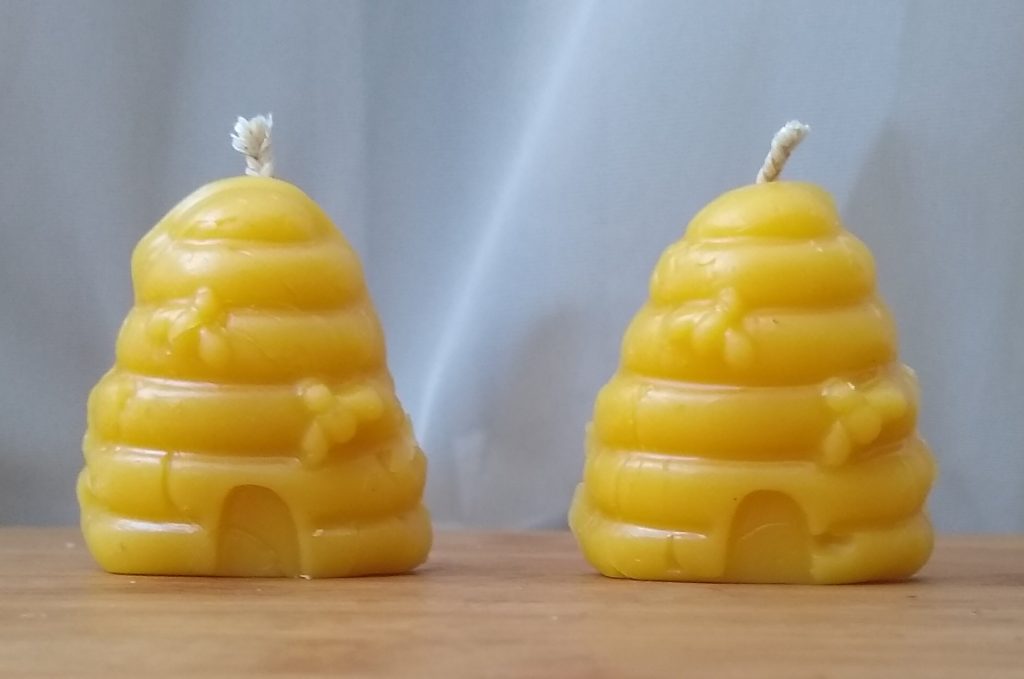 |
||
| Result: | – | ||
| Entrant ID: | 1045047 | Entrant Name: | Andrew Eelbeck |
| Entry: | 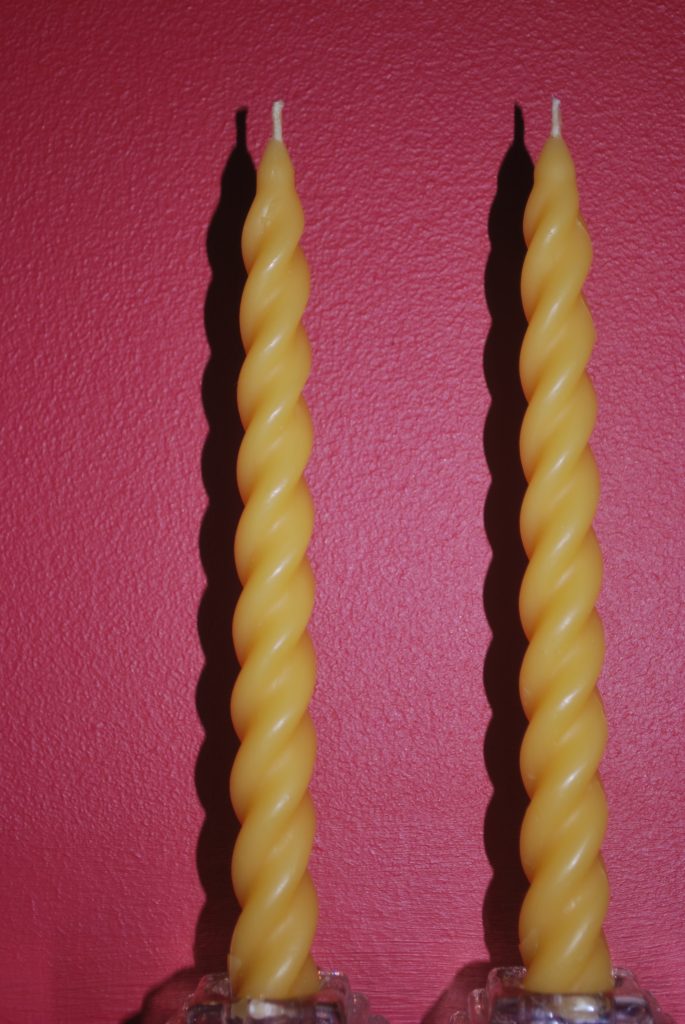 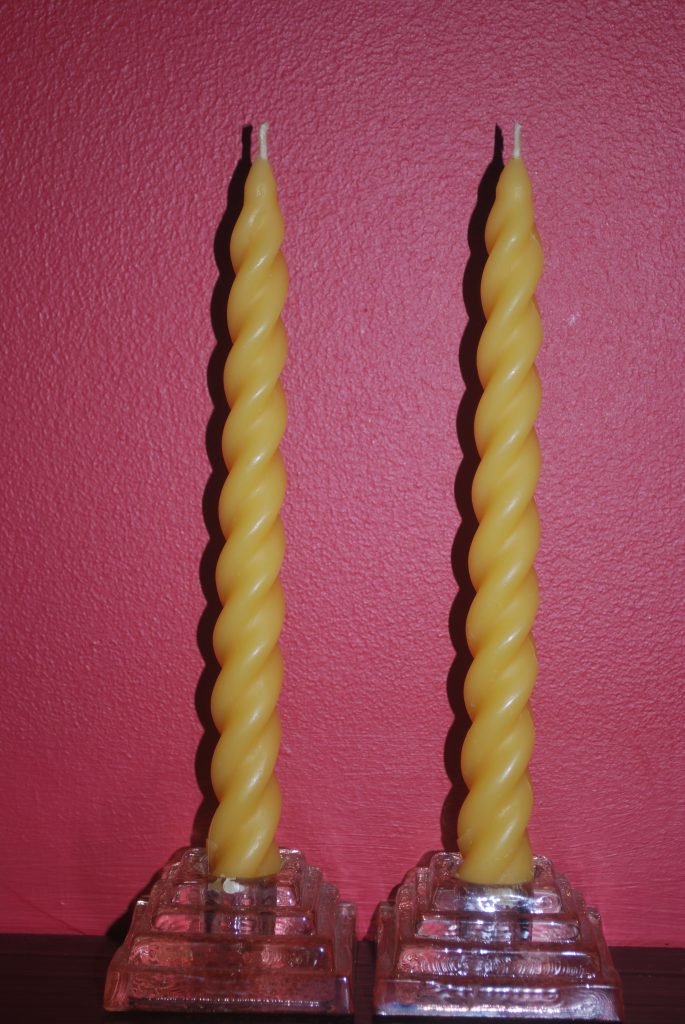 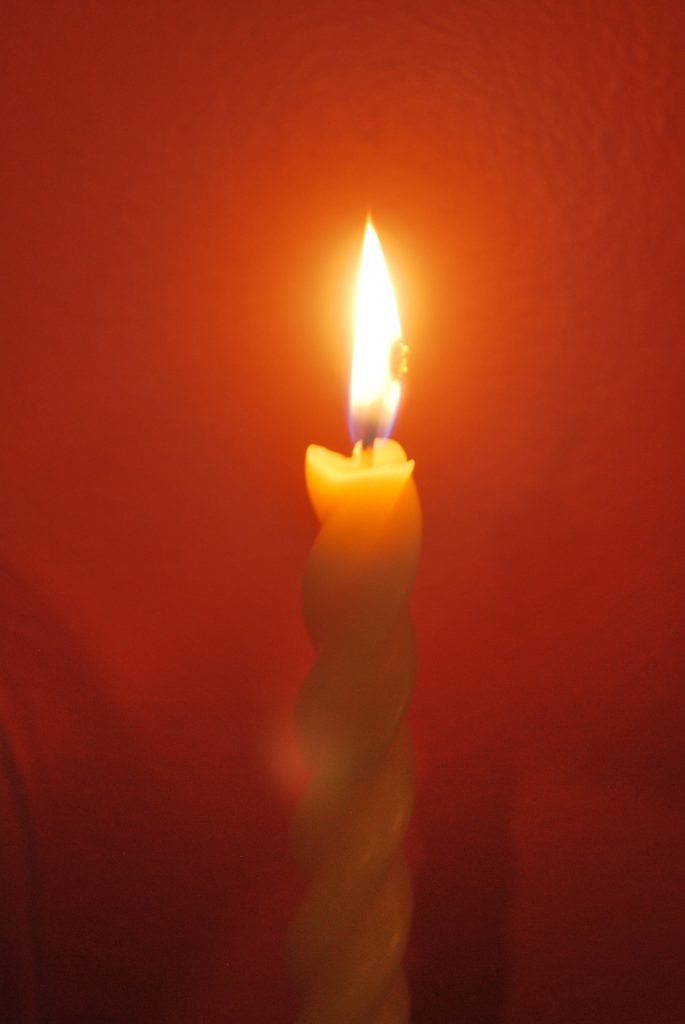 |
||
| Result: | – | ||
| Entrant ID: | 1038006 | Entrant Name: | Colin Hall |
| Description: | These beeswax candles use a “Celtic” braided pattern in the mould. E H Thorne recommend a two-inch wick for this mould and this is what I have selected, purchased from them. | ||
| Entry: | 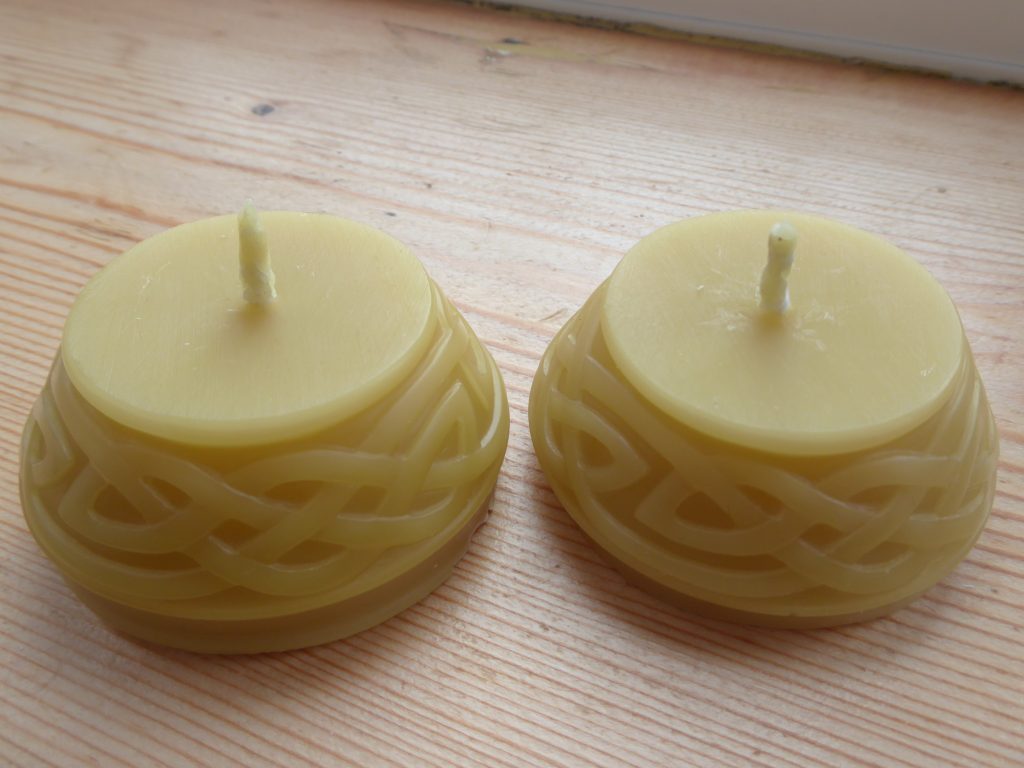 |
||
| Result: | – | ||
| Entrant ID: | 1042567 | Entrant Name: | Gill Brewer |
| Description: | Moulded Spiral Candles Beeswax cappings were melted in a solar wax extractor. The resulting block of wax was melted in a bain-marie and filtered through cloth. The latex mould was prepared by threading with ¾ inch wick, using a blunt needle. Wax was poured into the mould, and the mould tapped to dislodge any air bubbles. The wick was held centrally in the mould with a clothes peg. As the wax cooled and began to shrink, the mould was topped up. When cold the outside of the mould was lubricated with washing up liquid to aid the process of peeling the mould from the candle. The base of the candle was trimmed with a craft knife. The wick was dipped in molten wax to aid lighting. Candles are displayed in Christmas table decorations. |
||
| Entry: | 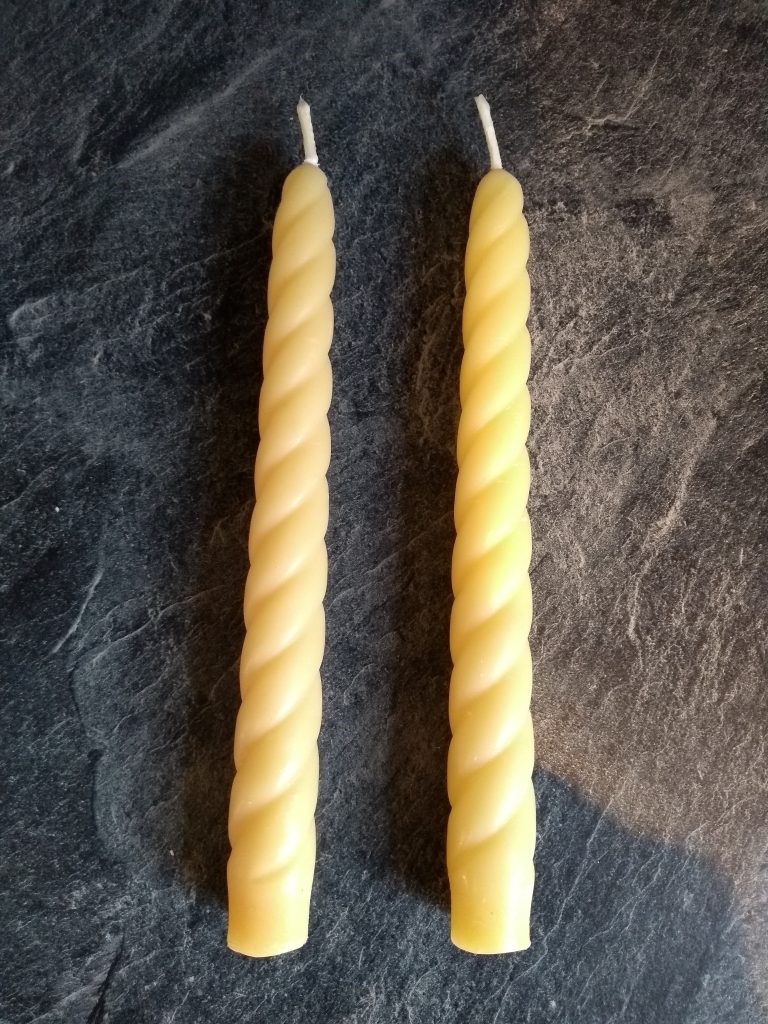 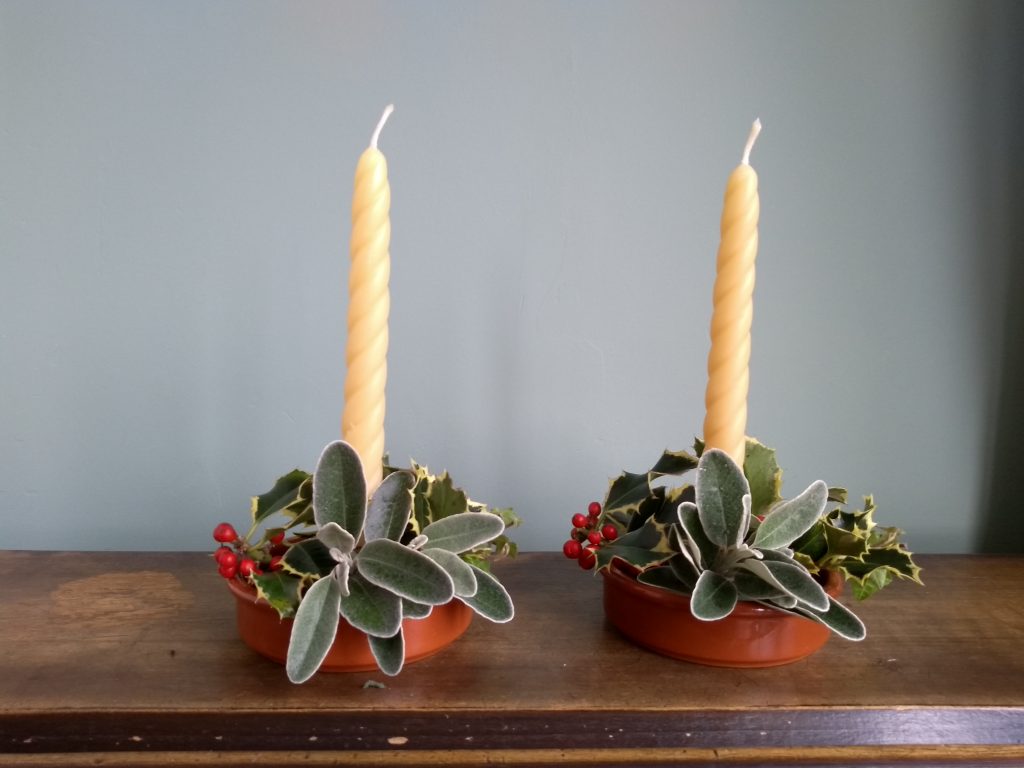 |
||
| Result: | – | ||
